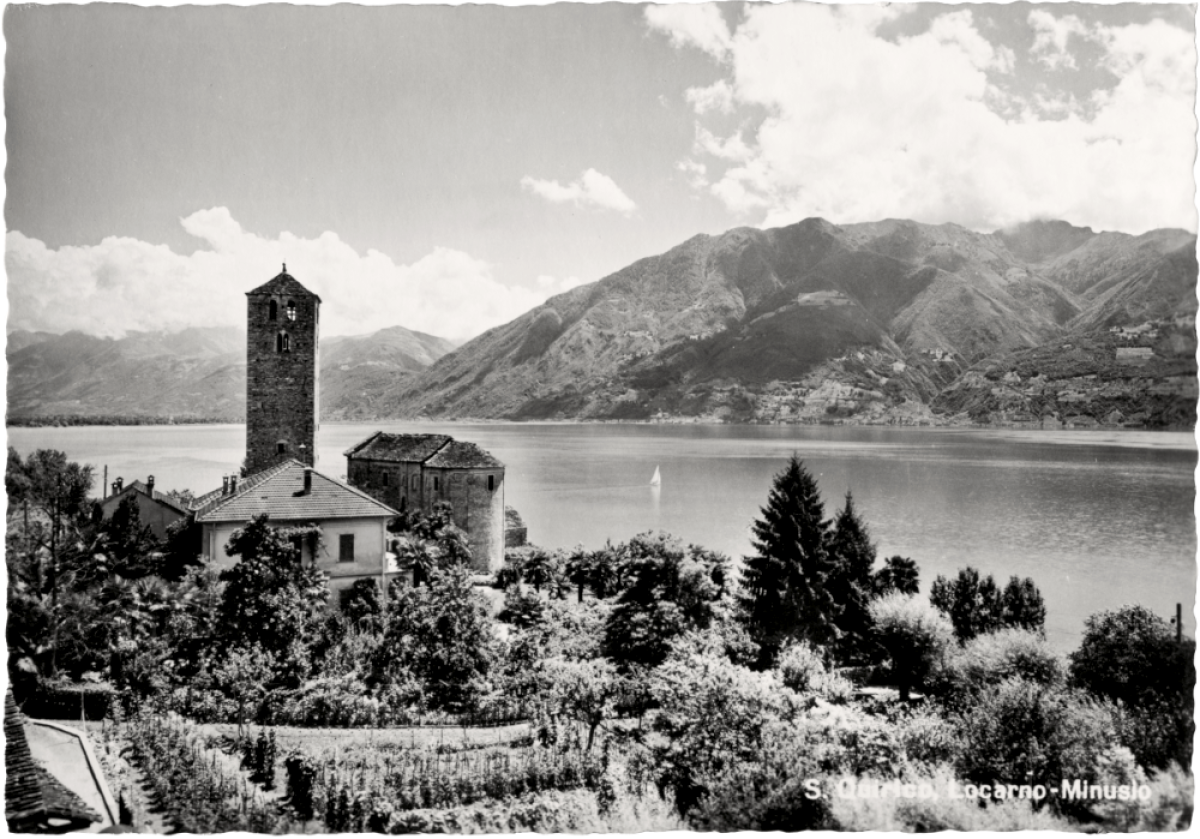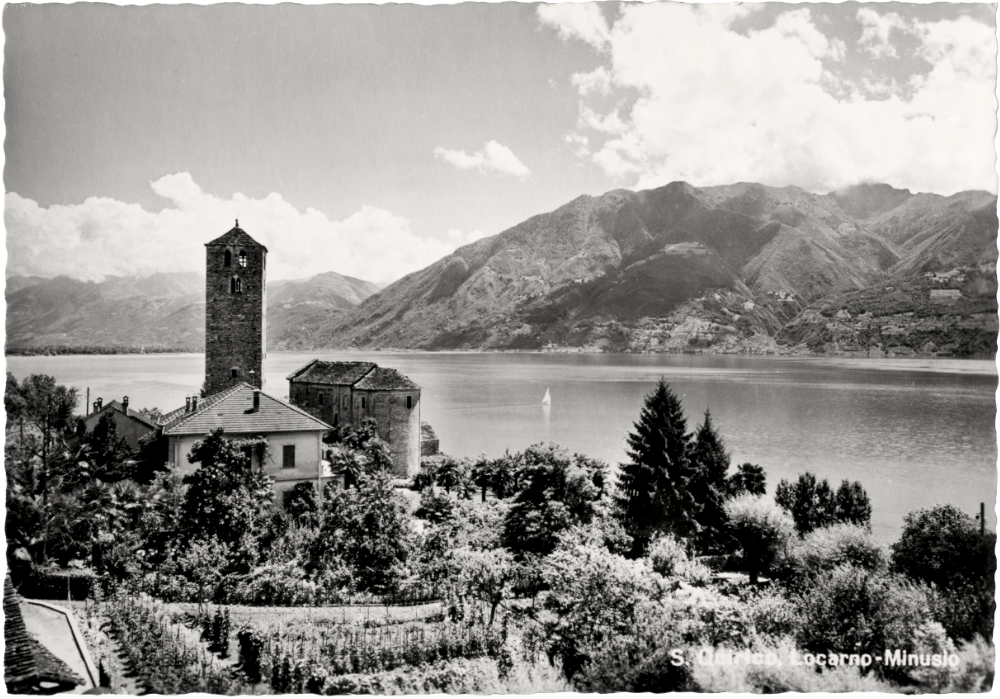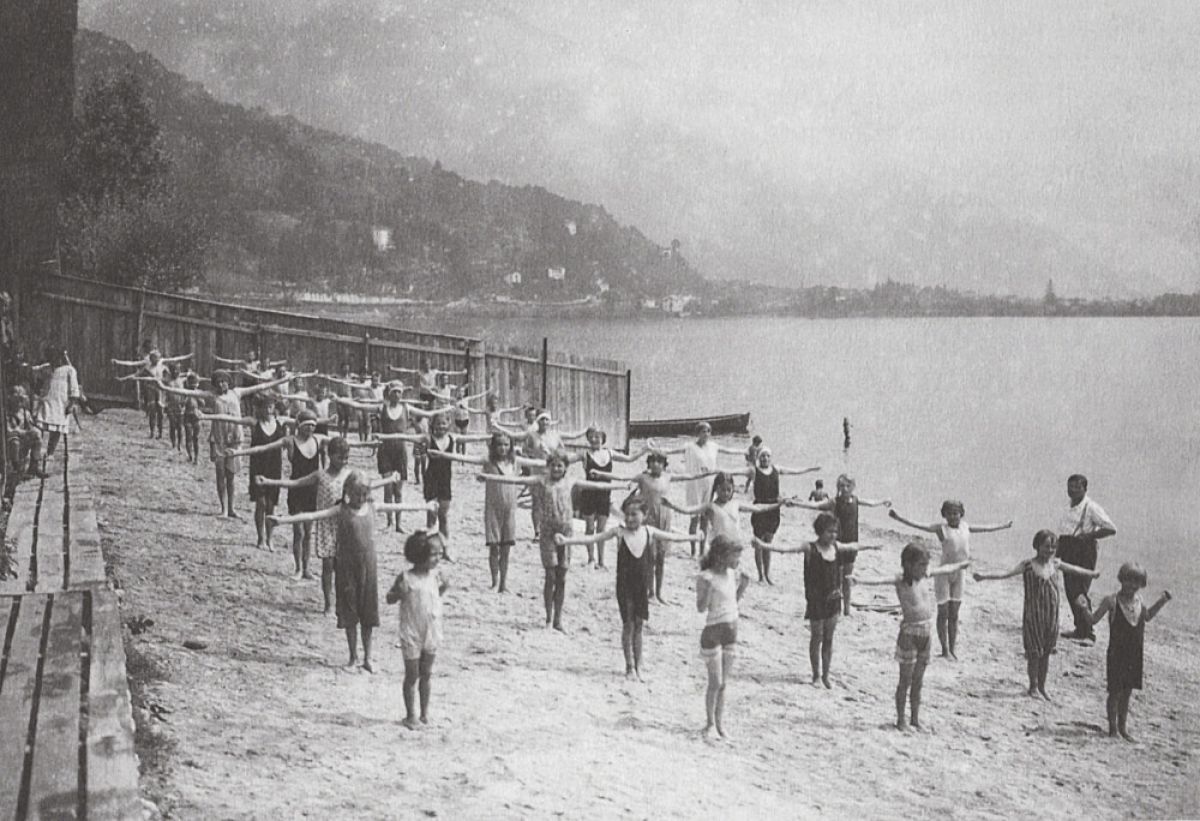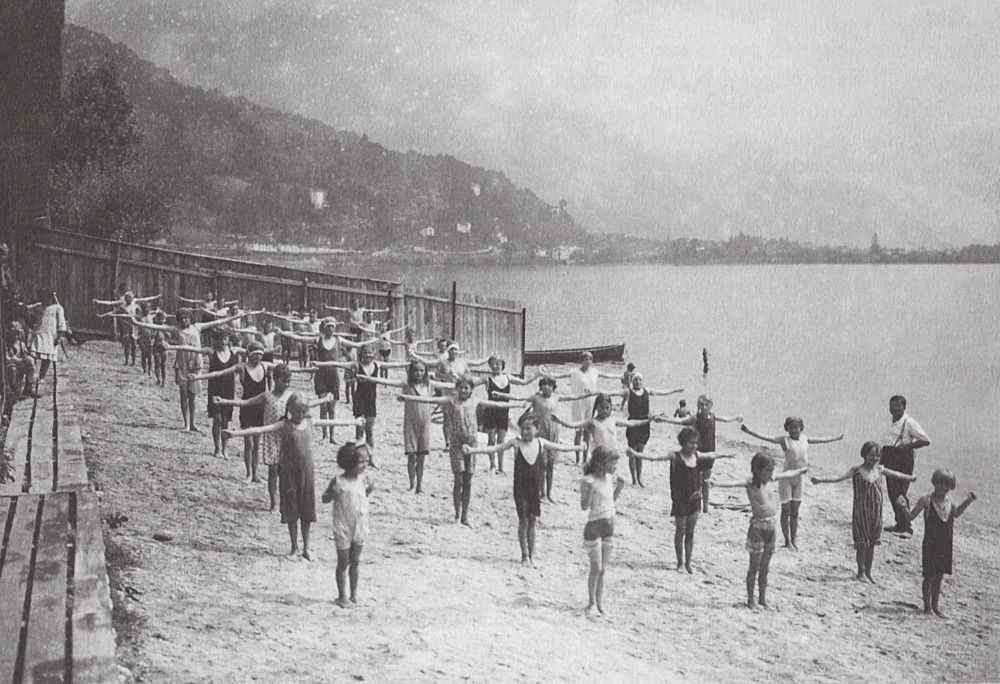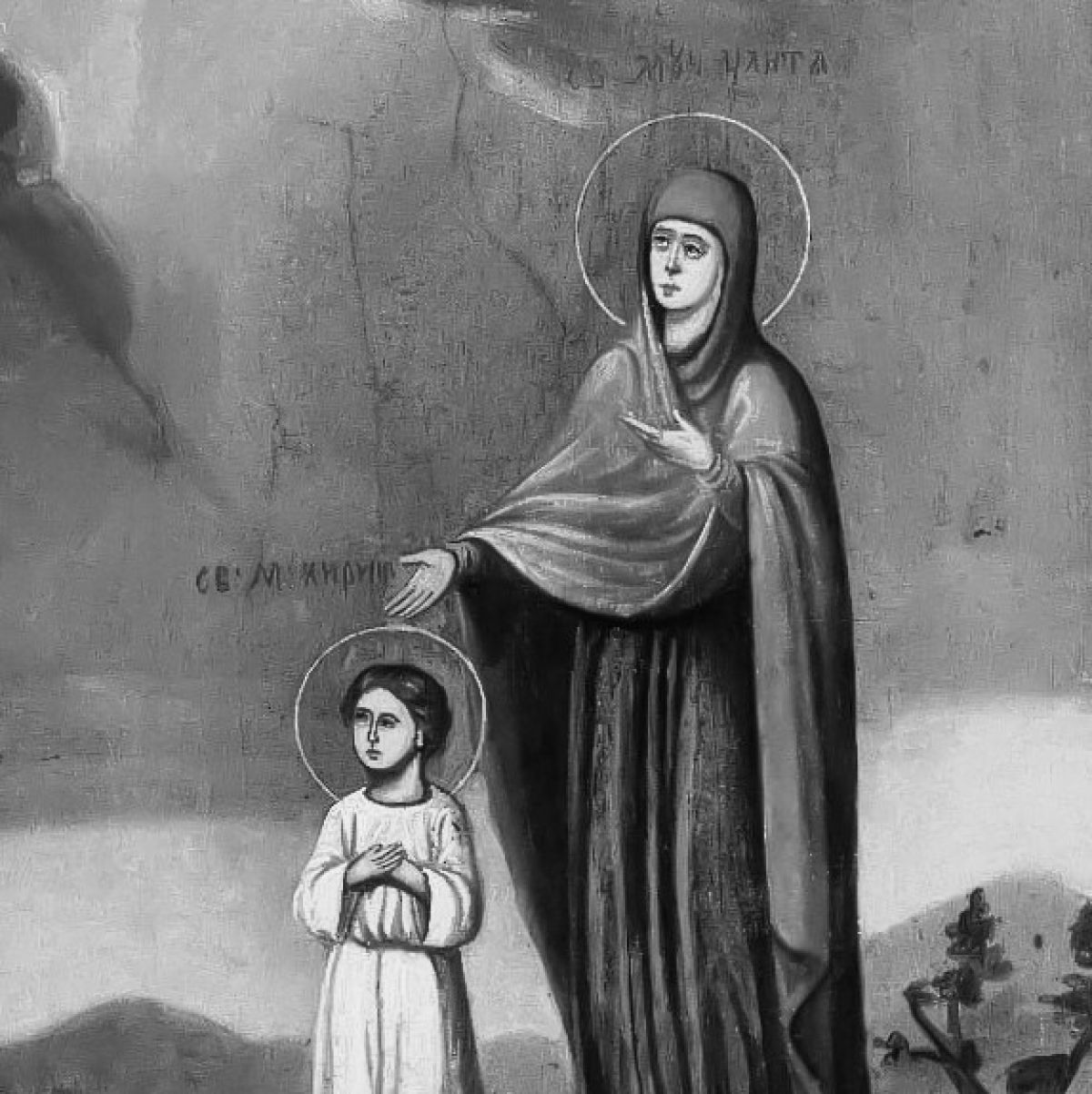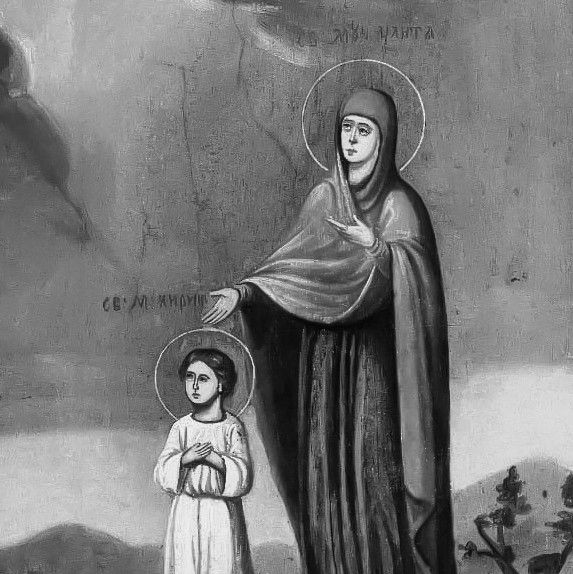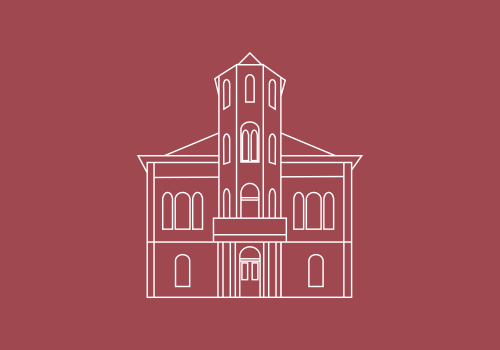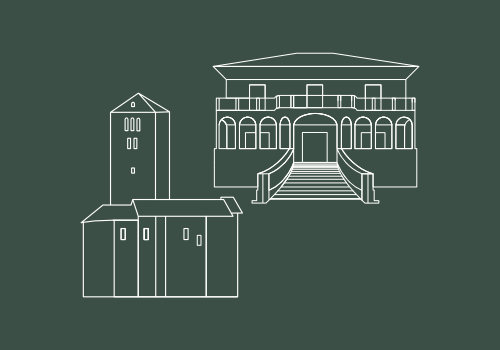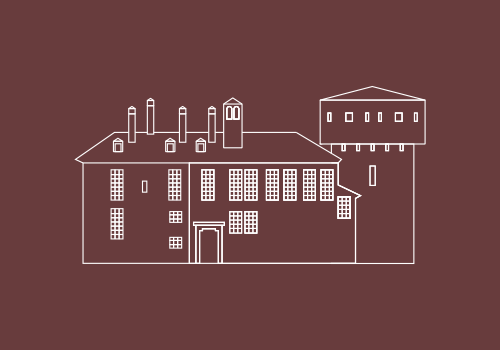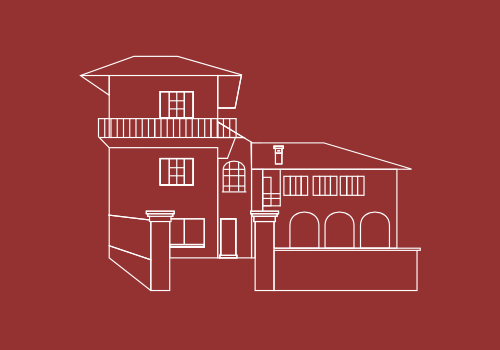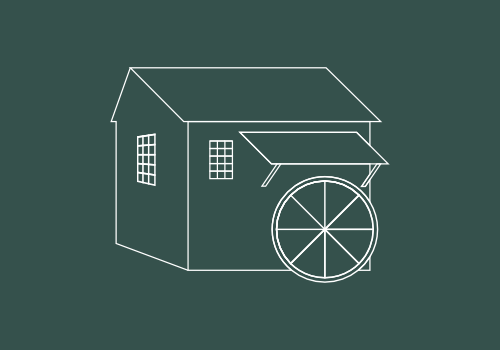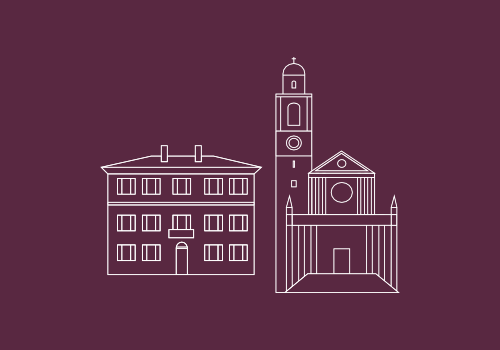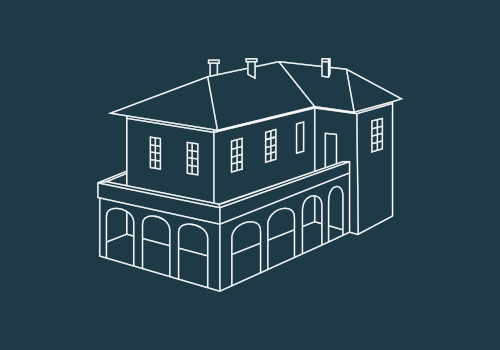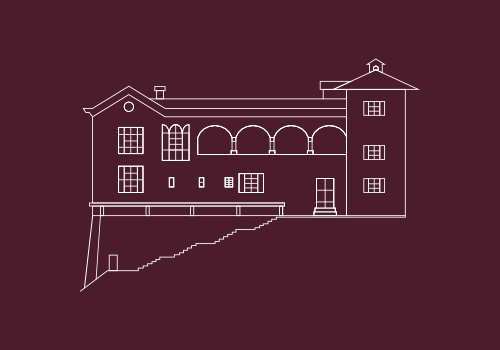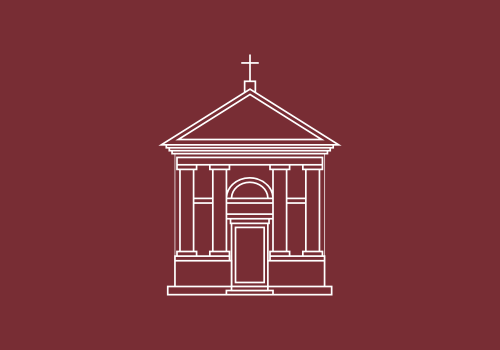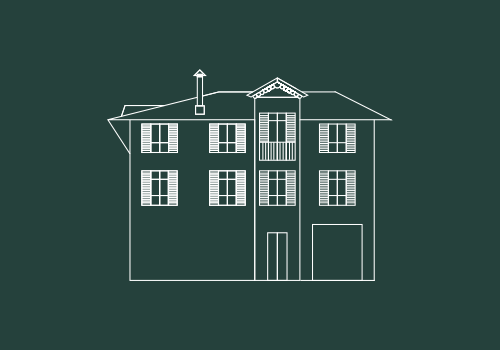San Quirico

The church of San Quirico (Saint Cyricus) was dependent on the archpriesthood of San Vittore in Muralto. Efforts to make it an independent parish failed and in 1798 it was the church of San Rocco in Minusio that gained its autonomy despite San Quirico being older. The steeple – a stone’s throw from the church – was originally a watchtower. Next to the church is a rustic-style house where the chaplain once lived.
Church of St. Quirico and historical riva
The church of San Quirico was first mentioned in the by-laws of 1313. It was extended in neoclassical style between 1795 and 1834, inverting its axis.
Exercise class for children at the beach of the children’s home, circa 1930
The villa was built in the early 1930s on a plot of land sold by a local farmer to enable his son to study at the Kollegium Schwyz, a grammar school in canton Schwyz. The extensive park grounds are encircled by a wall which seems like a boundary between the wealth lying within it and the surrounding poverty of the past. In 2004, the municipality of Minusio purchased the villa – the residence of the head of the children’s home of Zürich – and decided to use it as a cultural facility.

Magnolia (Magnolia grandiflora)
The ornamental plants are not part of farming activities for food production. They were and are grown in the parks of the villas purely for aesthetic purposes. There are up to 300 different varieties of magnolia. Bigger magnolias belong to the Magnolia grandiflora species and produce large, fragrant white flowers. In spring, the different varieties of magnolia come into bloom, producing white, yellow, pink and purple flowers which are all very striking.

